Panjshir in the Mirror of Civilization
(Part One)
Written by Salar Azizpour
Translated by: Abdul Ali Faiq
Introduction:
Our country (Khorasan of yesterday, and
Geography:
Panjshir is an historical and beautiful province inside
Panjshir is one of the thirty-four
Location:
Panjshir is surrounded from north by Badakhshan, Takhar and Baghlan provinces, from south by Nejraab, Saanjaan and Kohistan, and from west by Shotel. The valley is 705 kilometres length, and has 137 villages or boroughs. Panjshir valley was divided formally in to four districts. First district, (1) Hisa-e-Awal, Second district, (2) Hisa-e-Dowom, Third district (3) Hisa-e-Suwom and Fourth district(4)Hisa-e-Chaharum, the four districts in Panjshir valley, respectively (separately). Every district has its own structure and administration. Panjshir Hesa-e-Suwom district is located at the center of the valley, called Rukha. There are a total of 40 villages. The biggest villages of the district are Shast, Hesarak, Peyawash, Bakhsi Khail, Maristan, Qabizan, Manjahor, Astana and Sangwana. Panjshir is one of the north eastern of
Ethnic Composition and language:
The official language of Panjshir is Farsi (Parsi) (Persian). All the population of Panjshir are speaking in Farsi. Tajaks and Hazaras are living in
Historical Background:
Panjshir is one of the historical Valleys according to our ancestors and historical narrators which the story and glory of
You must not go to the Kajken oh my son!
Your quadruped (four-footed animal) will be destroy (falling in pieces)
And has a very frightful and powerful river
And hasn’t have any grasses only sharp stones!
If we accept the above mentioned theory or story that, the name of ‘
How Panjshir got Panjshir name?
In Ghaznavid Empire period, while Sultan Mahmood Ghaznawi wanted (intended) to build the Baand (dam) of Sultan, all people was invited, from far and near of
Historical Evidences:
- As we know currently that “Panj” means five, and “Sher” means lion .It is generally means Five Lions.
In other hand, from ethnical point of view, the terminology of Panjshir, mentioned in some historical book as Panj-hir, and divided in 2 parts: Panj, means (Five) Hir has a different meanings. Most confidently, (Hir) means {Fire} and also one the orientalist Mr. Tames Darmsteter (*) translated Hir {Fire} .It means (Five Fires)
· In other mythology evidence, Abu Abdullah Muhammad Ibn Battuta described (*) (Hir) as a mountain. In term of Panjshir, the word of Panj, means Five, and (Hir) means Mountins {
· In other mythology justification, (Hir) was indicated to the (Water) In Awastahi and Pahlawi language {Hir} means water or extreme of water.
Conclusion:
From the historical facts, stories and ancestors which mentioned and narrated are:
We can identify or justify the five Kotals (hills) or mountains such as: (1) Kotal Baba Ali, (2) Kotal Nil Gaw, (3) Kotal Farajghan, (4) Kotal
What we were mentioned about Panjshir Province is a humble piece of work and needs further and more scientific, mythological and historical work to be done .This is {Just} the begging of the journey of researchers and will be completed by other scholars and researchers soon or later.
____________________________
(*)Shahnameh (The Epic of Kings) composed in the 10th century by Ferdowsi is the Crown Jewel of the Persian literature.
(*)The most famous hero of the great Persian Epic of the Kings, Shahname, by Firdaus (completed in 1010 CE/400 AH).
(*)In Persian mythology, the father of the hero Rustam. Zal was raised by Simurgh in the mountains.
(*)The Ghaznavid Empire was a Sunni Muslim state inn the region of today’s
(*)Abu Abdullah Muhammad Ibn Battuta, also known as Shams ad - Din, was born at
(*)The orientalist Mr. Tames Darmsteter, French scholar noted for ancient Iranian language studies, especially his English and French translations of the Avesta, the sacred scripture of Zoroastrianism.













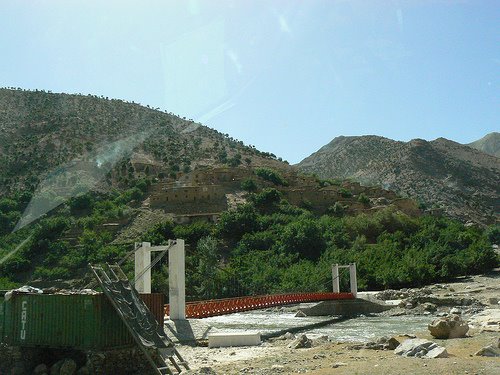
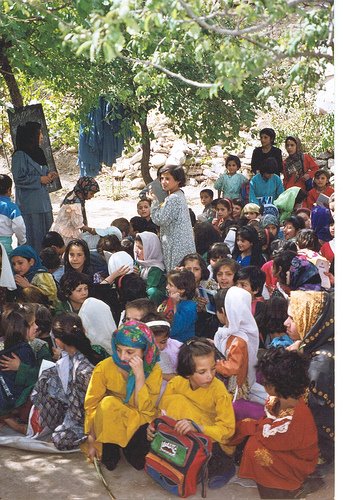












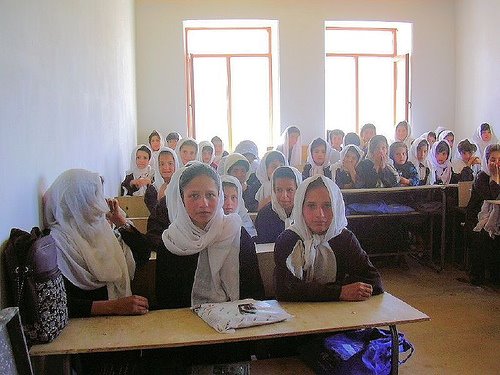
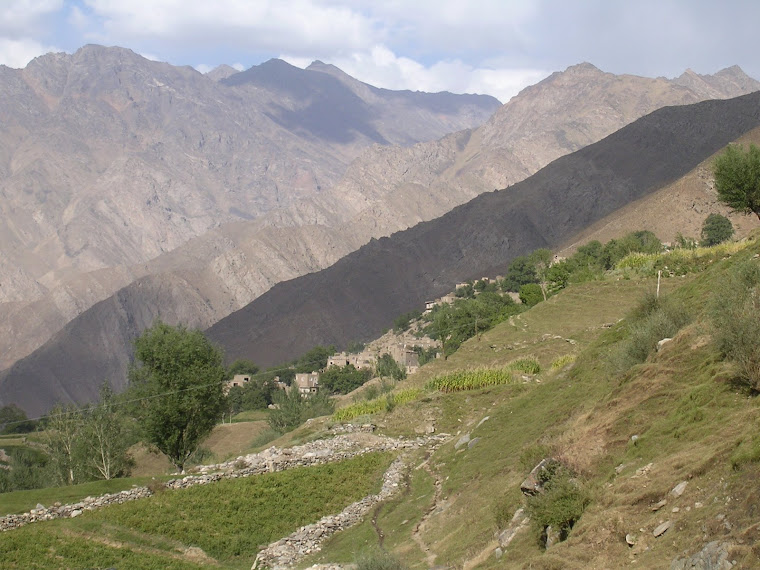



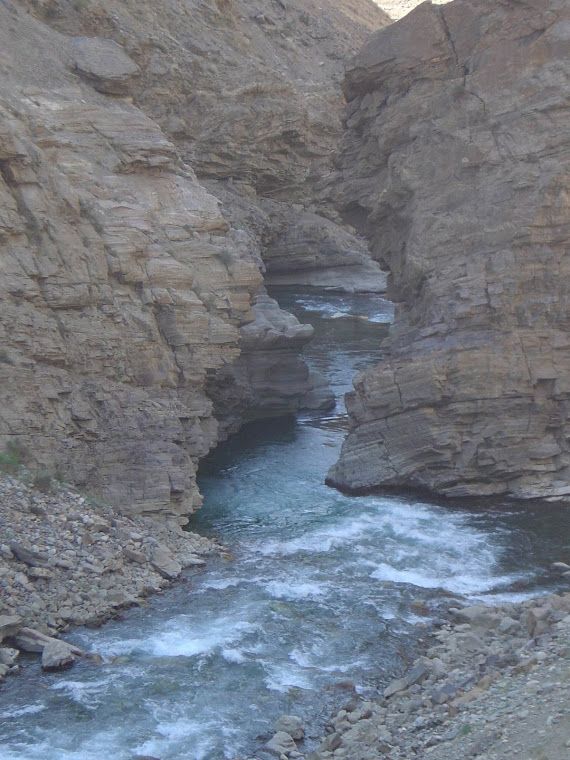

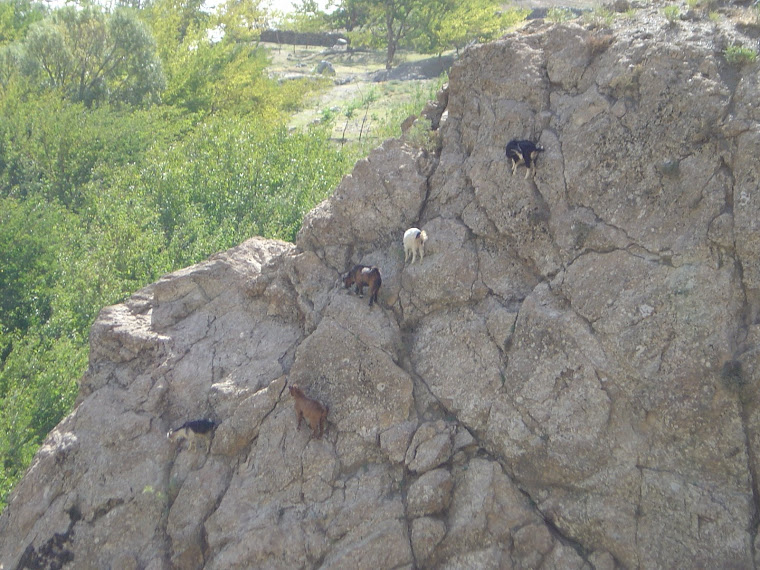




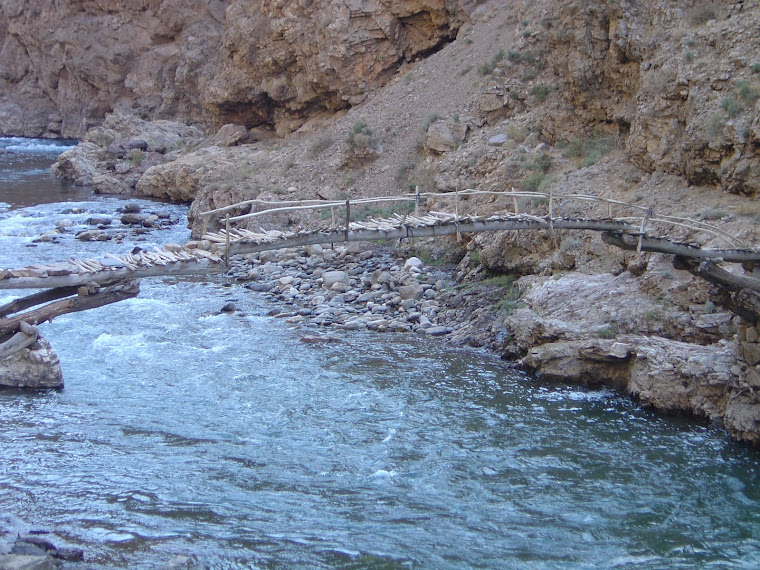

















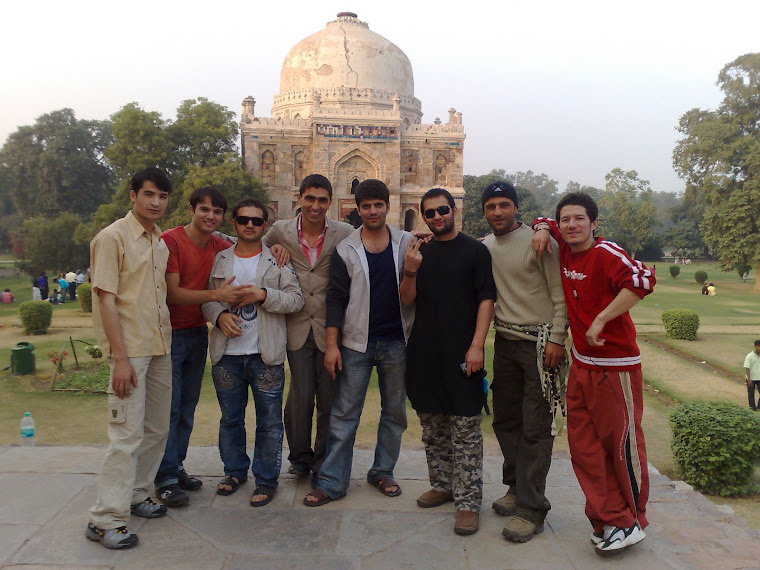


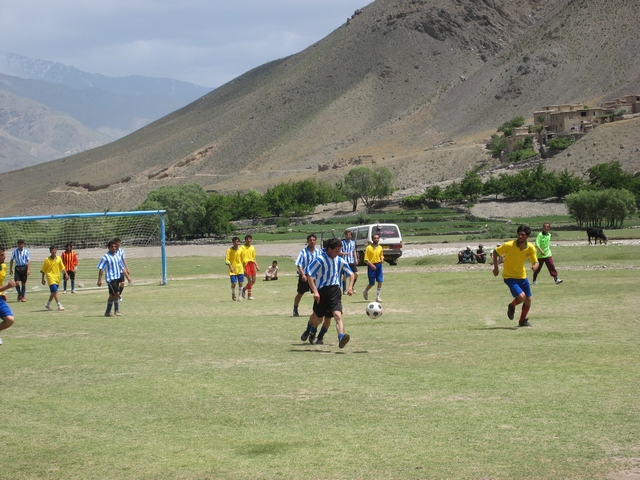

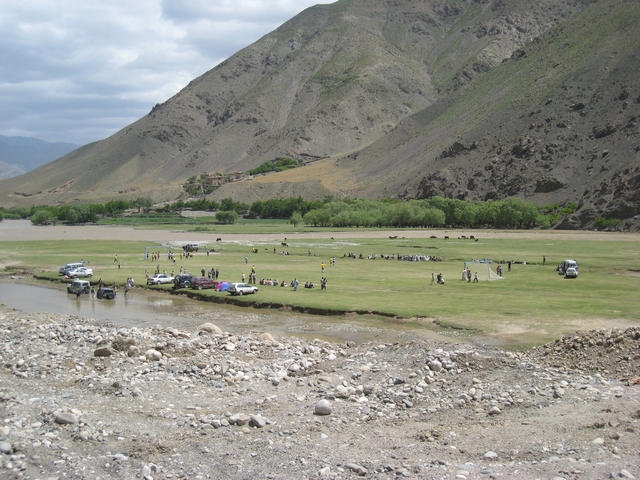
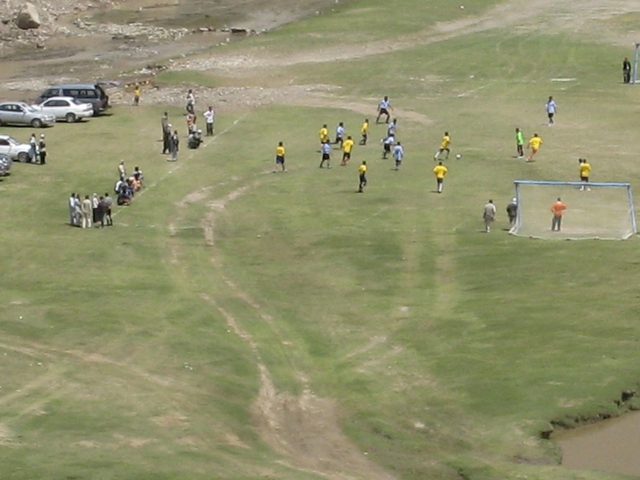
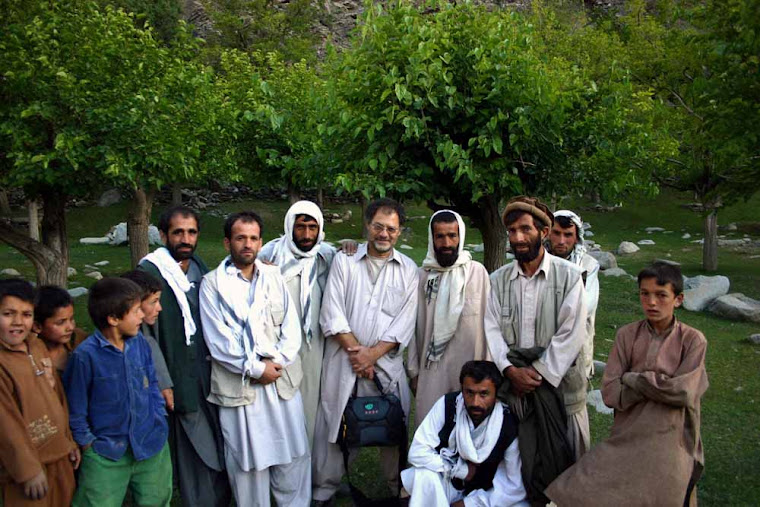







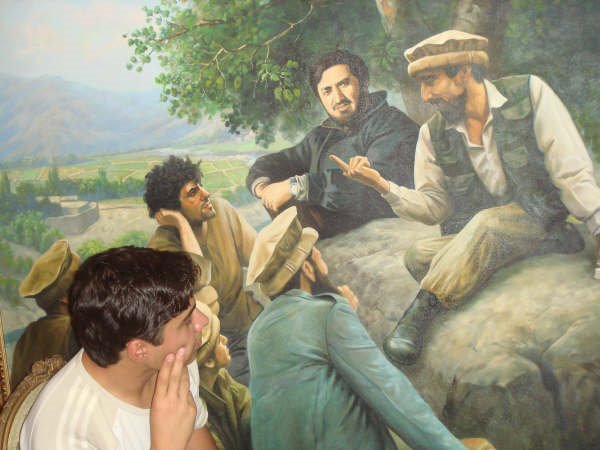

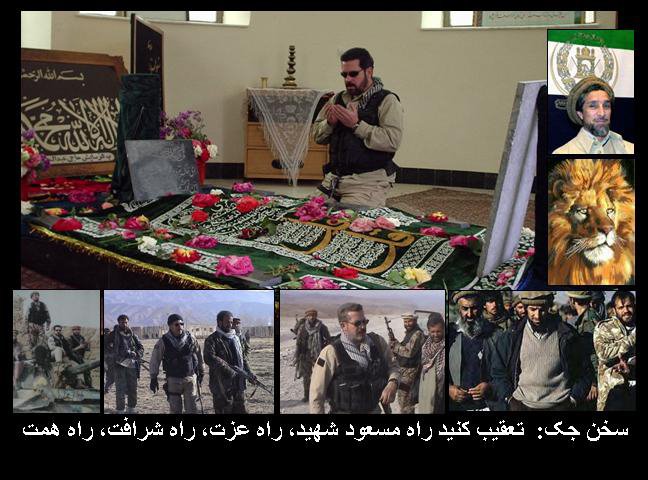
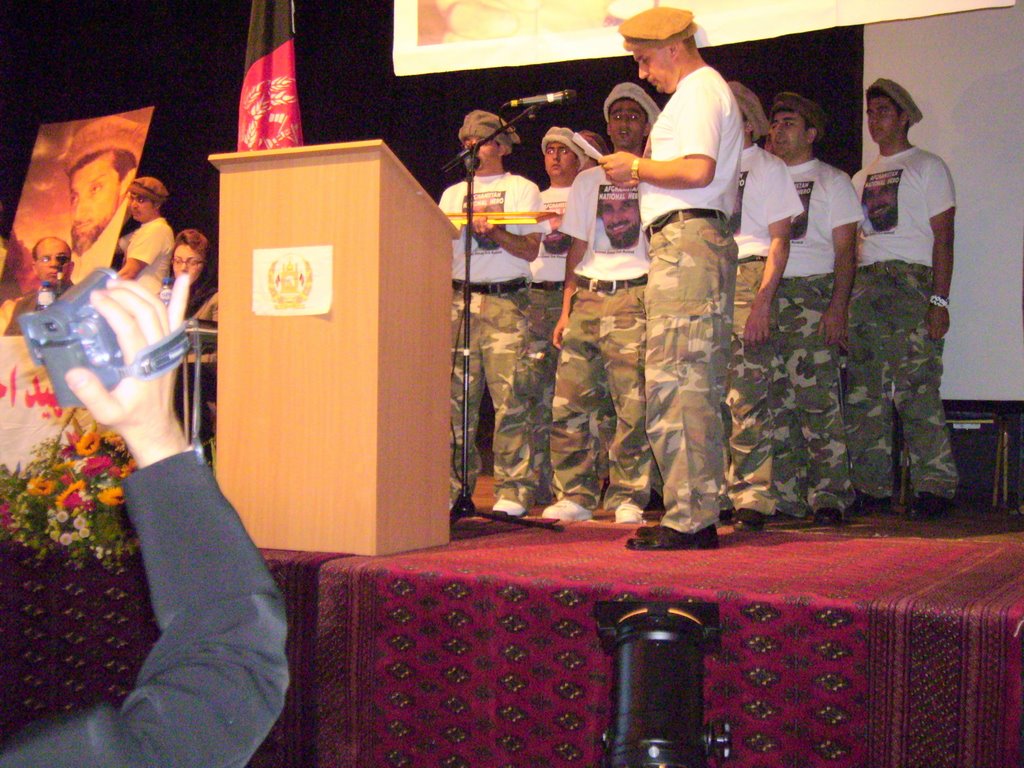

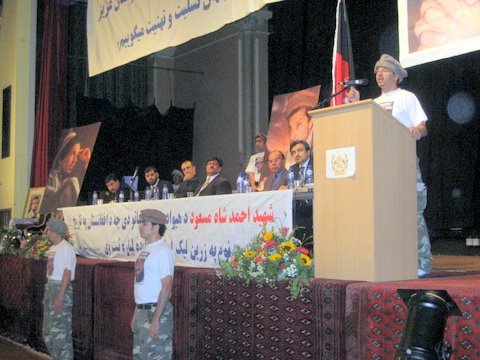
2 comments:
It is such a beautiful weblog!Afghanistan is proud of you Mr.Faiq
Latifa
USA
I now realize how Panjshir is great and has great personalities!
Noor
Post a Comment